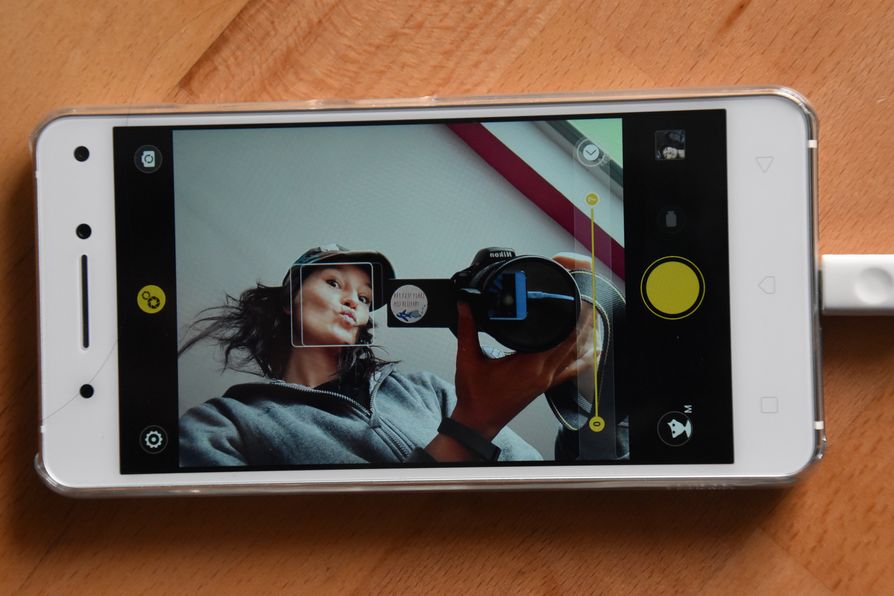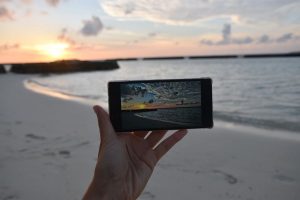How to communicate affordably when abroad with Wifi calling
Smartphones have all but eliminated the need to use long-distance calling assistance when traveling overseas, and you don’t need to get a SIM card for a local carrier anymore. Wifi calling has made it easier than ever to make calls inexpensively and with the least amount of hassle. All you need is a Wifi calling enabled device to connect and send your calls over the internet instead of through the airwaves. There are no roaming fees, no punitive cost-per-minute charges, and no dealing with unreliable signals. Wifi calling relies on an internet connection to get the call through to your intended party. As long as you have a Wifi signal, you can easily make calls.
What Is Wifi Calling?
A regular cellular call connects via a radio signal sent to a cellular tower. Once the signal reaches the tower, it’s forwarded to the next one until it reaches the tower closest to the person being called if they’re also on a cell phone. If they’re on a landline, the signal reaches the tower nearest the local connecting office and is sent through the plain old telwphone services (POTS).
Wifi calling works in a similar manner, except the call isn’t sent through a radio signal. Instead, the call gets sent over what is known as Voice over Internet Packets (VoIP). It’s then sent to the tower or connecting office to complete the call. This is why it’s important to use a reliable provider for Wifi calling. The towers are key in making the connection, and well-maintained towers aid in this effort.
How do I use Wifi Calling?
It used to be that the only way to use Wifi calling was to install an app as a workaround to using cellular minutes. That’s changed with carriers requiring manufacturers to equip their phones with Wi-Fi calling built-in. No more downloading an app to make the phone work; simply go into the settings on the phone and make sure Wifi calling is switched on.
Wifi calling kicks in automatically when a call is made. It overrides the cellular signal and uses VoIP instead. In the event the internet service isn’t working reliably, turn off the Wifi calling during the phone call and the phone reverts to using the cellular signal without dropping the call.
Do I need an International plan for Wifi Calling?
You won’t need an international plan if you know you’ll be close to Wifi nodes wherever you go, but it never hurts to cover yourself with an international plan in the event you can’t get access to the internet. Having a plan in place before you go has the benefit of saving money on per-minute charges. Always check with your provider before you travel overseas to make sure you have the best possible plan in place. The idea is to use Wi-Fi calling to save money on calls, not have it cost extra.
Should I get a SIM Card for the local cellular service?
If you don’t plan to call home and only use your phone for local calls or emergency services or if you’re in a location where it’s hard to find a free Wifi connection, a local or international SIM card makes sense. However, Wi-Fi calling doesn’t require a SIM card to connect to the local towers; it just needs a reliable internet connection. You might find that the local SIM card winds up costing more due to hidden fees and charges than simply staying on Wifi calling and an international calling plan. Going this route eliminates much of the hassle that comes with making connections to the towers and trying to get a phone call to go through.
Wifi calling makes it easy to stay connected while travelling abroad. You don’t have to sacrifice your wallet to the cellular provider, and you spend less time worrying about keeping in touch with people back home. It’s a technology that works no matter what the cellular signal is like. If a remote area has a Wifi connection, you can make your call.








Adonis Villanueva
| #
Good tips. I’ve used wifi calling extensively while backpacking in Eastern Europe. I used Google Project Fi which can be used in 120 countries.
Crazy Sexy Fun Traveler
| #
That’s a really good tip, Adonis, with the Google Project Fi, thank you :)